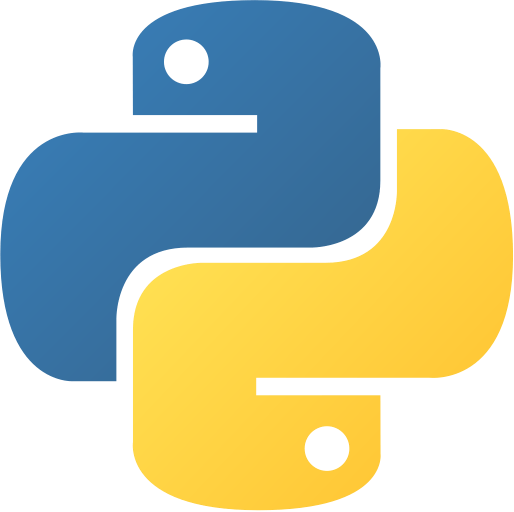Introduction to Python
History of Python
Python, a high-level programming language known for its readability and versatility, was conceived by Guido van Rossum in the late 1980s. The first official Python release, Python 0.9.0, occurred in 1991. Over the years, Python has evolved through multiple versions, with Python 3 being the latest major release. The language’s design philosophy prioritizes code readability and ease of use, making it a favorite among developers for various applications.
Usage of Python
Python has found widespread adoption across diverse domains due to its simplicity, readability, and extensive standard libraries. Some key areas where Python excels include:
-
Web Development: Frameworks like Django and Flask make web development straightforward and efficient.
-
Data Science and Machine Learning: Python, along with libraries such as NumPy, Pandas, and TensorFlow, is a go-to language for data analysis and machine learning projects.
-
Automation and Scripting: Python’s ease of use makes it ideal for writing scripts to automate repetitive tasks.
-
Desktop GUI Applications: With libraries like Tkinter, Python can be used to create graphical user interfaces (GUIs) for desktop applications.
-
Network Programming: Python’s robust libraries simplify network programming tasks.
Advantages of Python
-
Readability: Python’s clean and readable syntax enhances code maintainability and collaboration.
-
Extensive Libraries: A vast standard library and third-party packages simplify complex tasks, saving development time.
-
Community Support: Python has a large and active community that contributes to its growth and provides support through forums and online resources.
-
Versatility: Python is suitable for a wide range of applications, from simple scripts to complex web applications and scientific computing.
Disadvantages of Python
-
Performance: Compared to languages like C or C++, Python can be slower in execution.
-
Global Interpreter Lock (GIL): In multithreaded applications, the Global Interpreter Lock can limit performance gains from multiple processor cores.
Why Use Python?
Python’s popularity stems from its simplicity, versatility, and the wealth of resources available in its ecosystem. Whether you’re a beginner learning to code or an experienced developer tackling complex projects, Python provides an excellent balance between readability and functionality.
Applications of Python
Web Development
Python is widely used for web development, with frameworks like Django and Flask providing powerful tools for building robust and scalable web applications.
Data Science and Machine Learning
Python’s rich ecosystem of libraries, including NumPy, Pandas, and Scikit-learn, makes it a top choice for data analysis, machine learning, and artificial intelligence applications.
Automation and Scripting
Python’s concise syntax and extensive standard library simplify automation tasks and scripting for various purposes, from system administration to network programming.
Desktop GUI Applications
With libraries like Tkinter, Python enables the development of cross-platform desktop applications with graphical user interfaces.
Network Programming
Python’s networking capabilities make it a preferred language for developing networking tools and applications.
Explore Python’s capabilities further with our tutorials and projects on Python Central Hub!
Was this page helpful?
Let us know how we did
